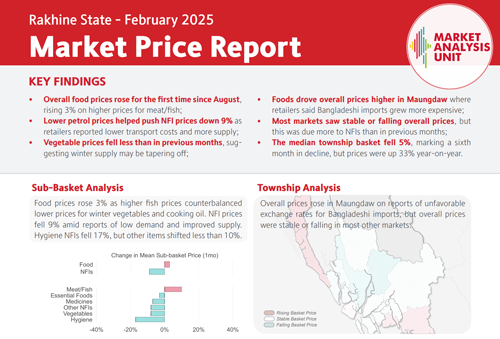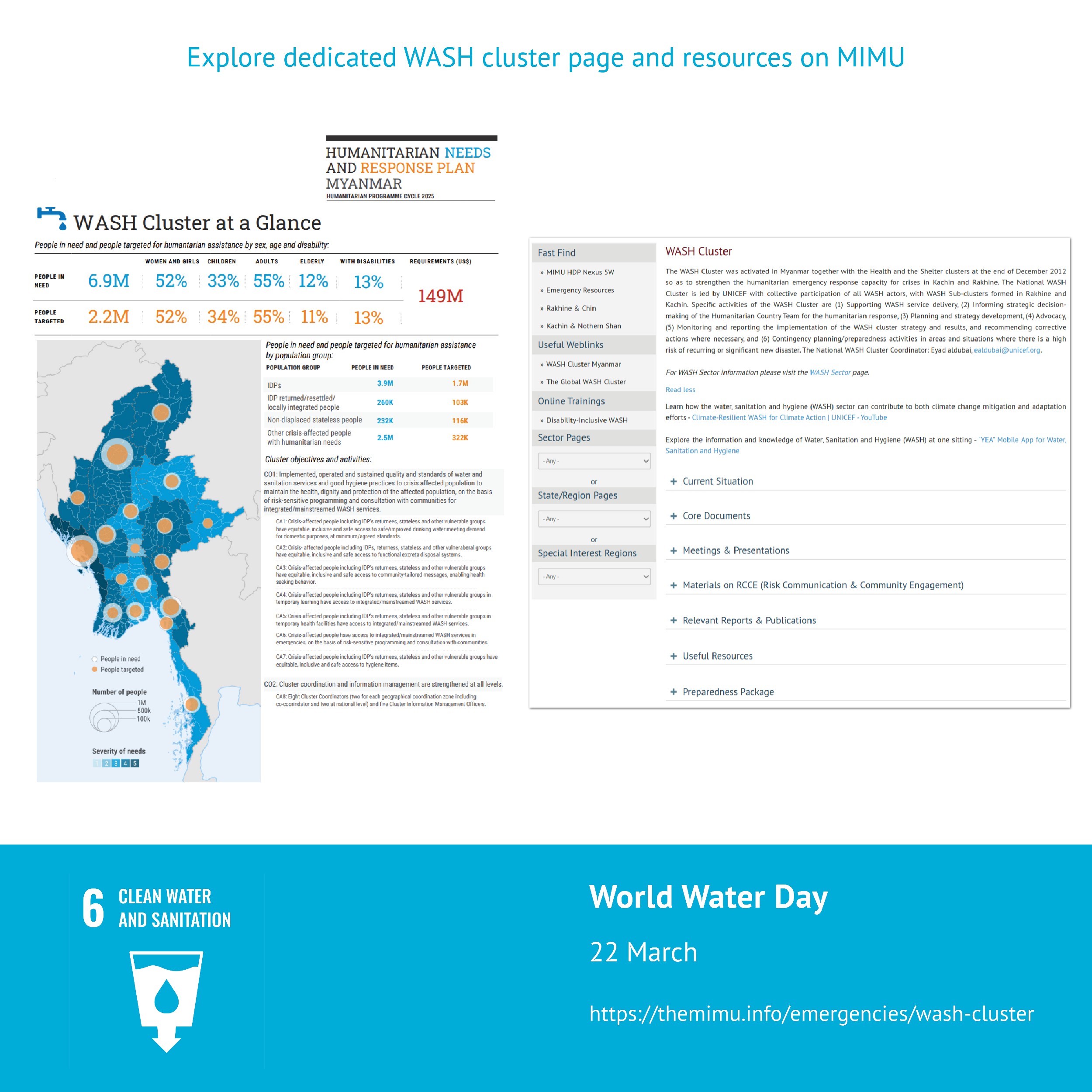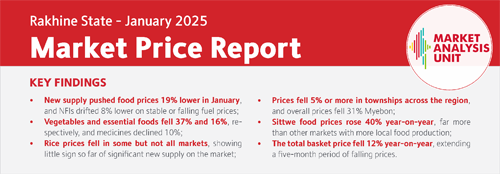The dedicated Gender Sector page on MIMU website disseminates resources and data on women and girls, supporting gender-related humanitarian and development activities, and promoting advocacy on gender issues. In addition, we are also hosting the Protection from Sexual Exploitation and Abuse (PSEA) webpage, as well as a dedicated page for the Gender in Humanitarian Action Working Group (GiHA WG), launched in October 2024.
Gender-focused programmes are included in the MIMU HDP Nexus 5W. In August 2024’s 5W round, 1,082 reported activities related to gender and gender-based violence were recorded, accounting for around 1% of all reported activities.
MIMU trainings also support professional women in humanitarian and development careers. We paid careful attention to promoting gender equality and opportunity in participant selection: of the 372 technical trainees in 2024, 208 were women.
Through data and information management practices, we are working to promote a better understanding of the challenges facing women and girls in Myanmar, while also highlighting the need for more comprehensive sex-disaggregated data.








